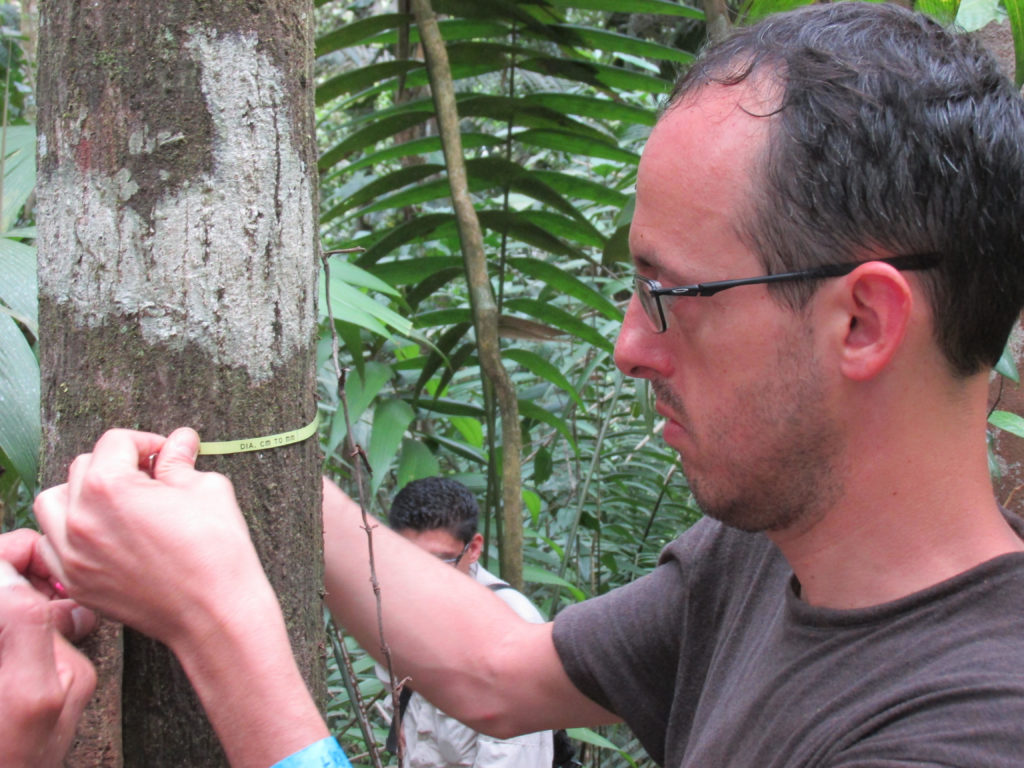Marcos, what led you to research tropical ecosystems’ response to disturbances?
I am Brazilian–so deforestation in the Amazon has been on my radar for a long time. The Atlantic Forest ecosystem surrounding São Paulo, where I grew up, was once heavily forested but it is now mostly gone. It’s a system that has been rapidly and dramatically changing throughout my lifetime, and seeing these big forests experience significant changes attracted my attention, even at an early age.
When I was an undergraduate student doing field work in the Amazon, I witnessed the impacts of land use change the forests. My third field experience was during the dry season, and I saw the thick clouds of smoke from the fires. Seeing this firsthand had a big impact on me, making me interested in how these changes would affect the tropical ecosystems in the long-term.
How have your previous research experiences informed your work?
My undergraduate and Master’s studies at University of São Paulo strengthened my atmospheric science background. During my Ph.D. at Harvard, I began studying the impacts of climate change on the future of Amazon forests and gained experience with ecosystem models.
At my first postdoc at Embrapa, a Brazilian Agricultural Research Corporation, I examined the effects of forest degradation on carbon stocks. I was also exposed to questions that I hadn’t considered before. There were so many things I didn’t know, and I realized there is just so much to learn about how these forests work and how they’re changing. This was a significant experience for my career direction – I became interested in seeing the impacts of changes besides deforestation, like droughts and wildfires.

How does airborne lidar data help you understand forest disturbance? Is this method new to you?
Field data can be very limited because it takes a lot of effort, and if you’re interested in forest degradation there is limited access as many areas are in private lands. But with airborne lidar data, we can survey much more area. This even allows us to characterize the vertical structure of the forest and model more heterogeneity in FATES (Functionality-Assembled Terrestrial Ecosystem Simulator). So, we are using lidar data to expand the forest area the models can integrate and display.
I have strong experience with modeling, but am new to using FATES–the model is unique and uses different code than what I’ve worked with in the past. As I continue to learn, collaboration on such a large team is helpful and allows the model to advance much faster.
How has your experience in NGEE-Tropics inspired your future research directions?
I’m excited about the next phase of NGEE-Tropics. The project hopes to integrate more atmospheric research, and I look forward to exploring how changes in tropical forests are going to impact atmospheric feedbacks. Since I initially began my career with atmospheric science, I am excited to come full circle.


